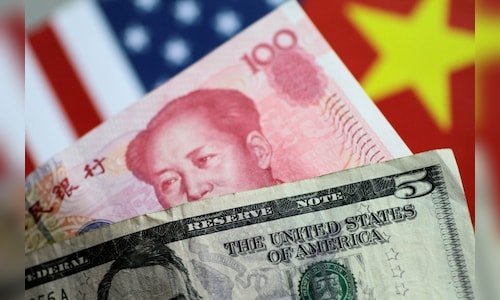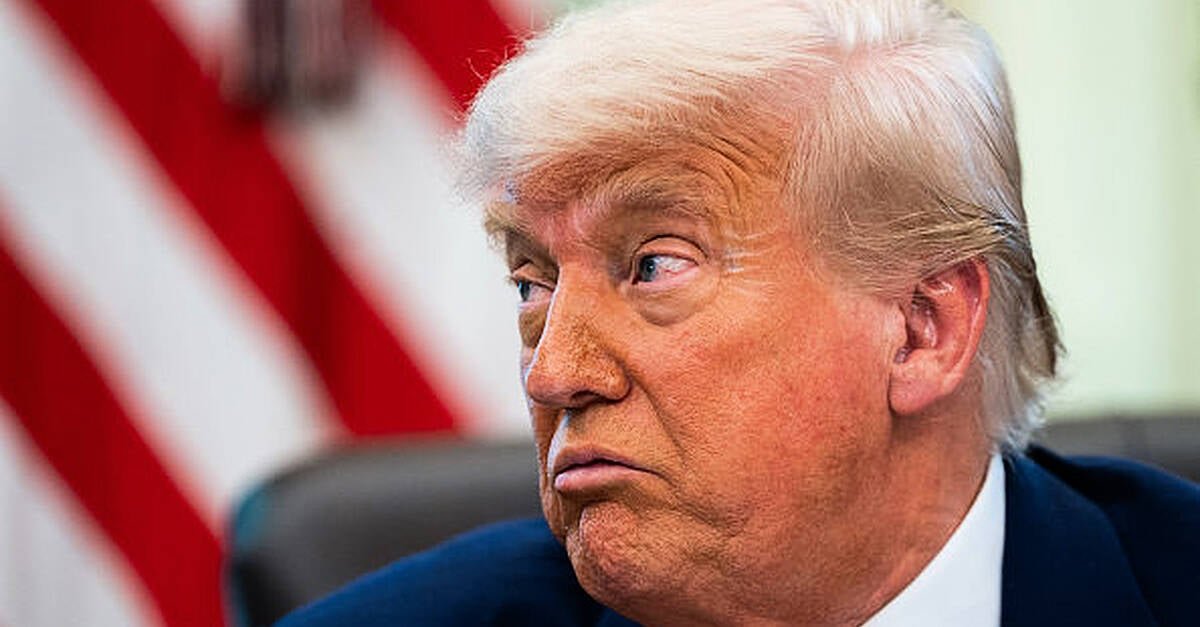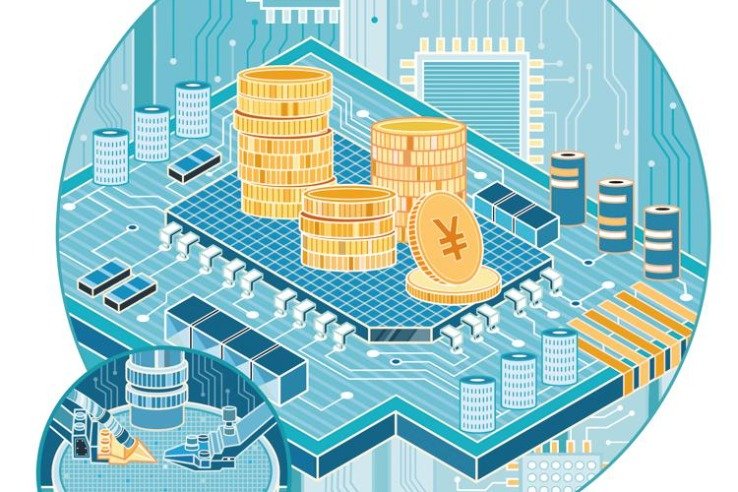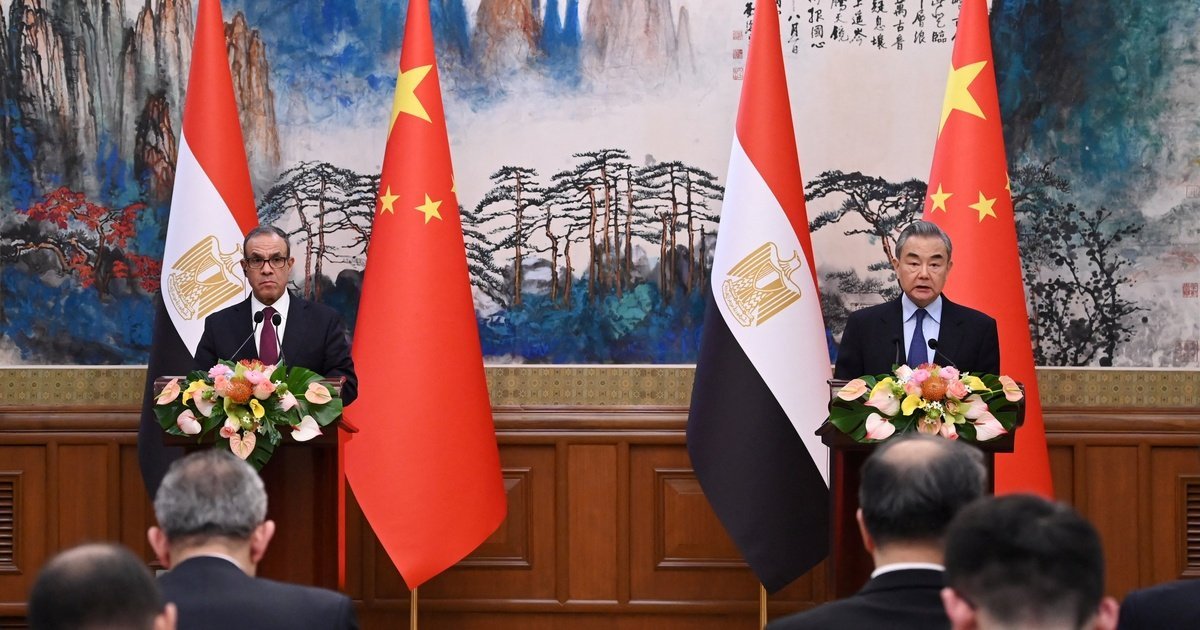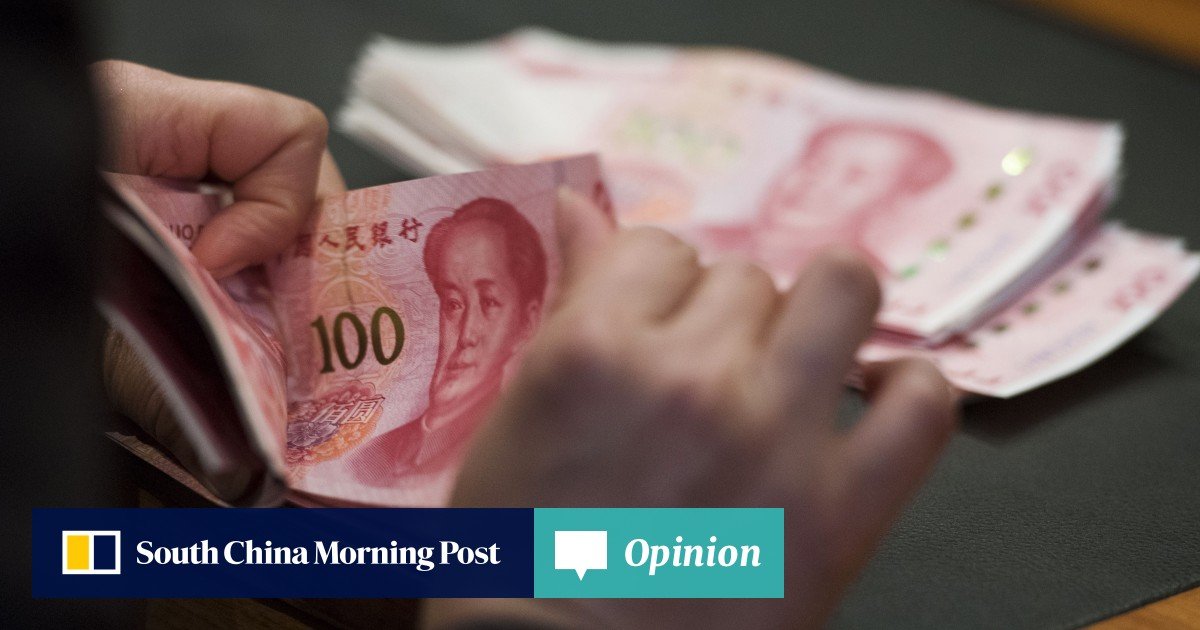Scenarios that could push the yuan higher include US economic weakness, Federal Reserve rate cuts and a broader erosion of confidence in the dollar, said Guan Tao, global chief economist at Bank of China International Securities.
Another potential boost is the prospect of a second US–China trade deal, similar to the one struck during President Donald Trump’s first term, which could lift sentiment toward Chinese assets, Guan said in an interview last week.
Even though the dollar has declined about 8% this year as global investors move away from US assets, the onshore yuan has gained just 1.6% — making it one of Asia’s weaker performers. Against a trade-weighted basket of currencies, the yuan has dropped 5.2%, trailing most major peers.
That underperformance has fueled speculation over whether it signals policy intent, even as officials in Beijing insist they aren’t seeking a competitive edge through depreciation. It has also spurred calls for China to strengthen the yuan, with some economists and former officials in the US and Europe warning that prolonged weakness could hurt consumption and stoke trade tensions.
Several institutions including Deutsche Bank AG, UBS Group AG and the Toronto-Dominion Bank have raised their forecasts for the yuan to approach 7 per dollar, citing optimism the US and China will eventually land on a trade deal. The offshore yuan last reached levels stronger than 7 per dollar in September 2024 and has been trading around 7.18 this week.
Guan, who previously headed the State Administration of Foreign Exchange’s balance of payments department, said the yuan could rise beyond that level if conditions align, while rejecting the idea that Beijing is deliberately weakening the exchange rate to prop up exports. The decline is “a result, not a policy objective,” he said.
“The Chinese government’s aim is not to weaken the currency to boost export competitiveness, but to prevent excessive short-term volatility in the bilateral exchange rate that could impact corporate financial stability,” Guan added.
He said China has the tools to cope with greater exchange-rate volatility and should allow the yuan to be more flexible and market-driven, which would give policymakers more room to adjust monetary policy.
“Our policies should more directly serve domestic objectives — growth, employment and price stability,” he said. “What matters most is what supports those goals.”
The People’s Bank of China signalled on Friday it’s holding back from aggressively easing monetary policy with moves such as interest-rate cuts, even though the economy just recorded its worst month this year. The central bank pledged to thoroughly implement a moderately loose monetary policy, while keeping the yuan’s exchange rate at a reasonable and balanced level.
Despite optimism over the yuan, Guan cautioned that markets may be too complacent about downside risks. The US and China may have extended their trade truce by 90 days, but tough negotiations could still reignite frictions and put the currency back under pressure.
“If the market prices in too much optimism, then any unexpected negative development could put pressure on the yuan,” he said. “I believe this is a real possibility at the moment.”

